Idaho, situated in the Pacific Northwest region of the United States, is recognized for its natural splendor, varied landscapes, and an assortment of climates. This state embodies a vibrant tapestry of life, bustling cities, and a touch of rural allure that reflects the essence of the American frontier.
The cities of Idaho each possess a distinctive character, offering a broad spectrum of experiences. Boise, the capital, marries urban refinement with a relaxed charm. Meanwhile, locales such as Coeur d’Alene and Sun Valley are renowned for their breathtaking outdoor recreational possibilities.
Beyond the dynamic cityscapes, Idaho’s rural communities, such as Bruneau, Jerome, and Crouch, contribute their individual nuances to the state’s identity. These towns blend agriculture, history, and a close bond with the environment, underscoring Idaho’s appeal to a variety of interests.
In terms of climate, Idaho presents a fascinating array. Its topographical diversity, spanning arid desertscapes to snow-capped mountain peaks, allows for a wide range of temperatures. The Panhandle region typically experiences a cooler, damper climate, whereas southern towns like Bruneau can register some of the highest temperatures in the state.
Overall, Idaho represents a captivating amalgamation of people, places, and weather patterns. The contrasting cities and climates make Idaho an intriguing state to examine, providing a unique snapshot of the American landscape that unveils new aspects the more one investigates.
In this article, we will discover the absolute hottest place in Idaho. We delve into its unique characteristics, from its geographical location and climate to its rich history and diverse wildlife. We also consider the implications of climate change on this hotbed of Idaho and the adaptations that may become necessary in the future.
What is the Absolute Hottest Place in Idaho?
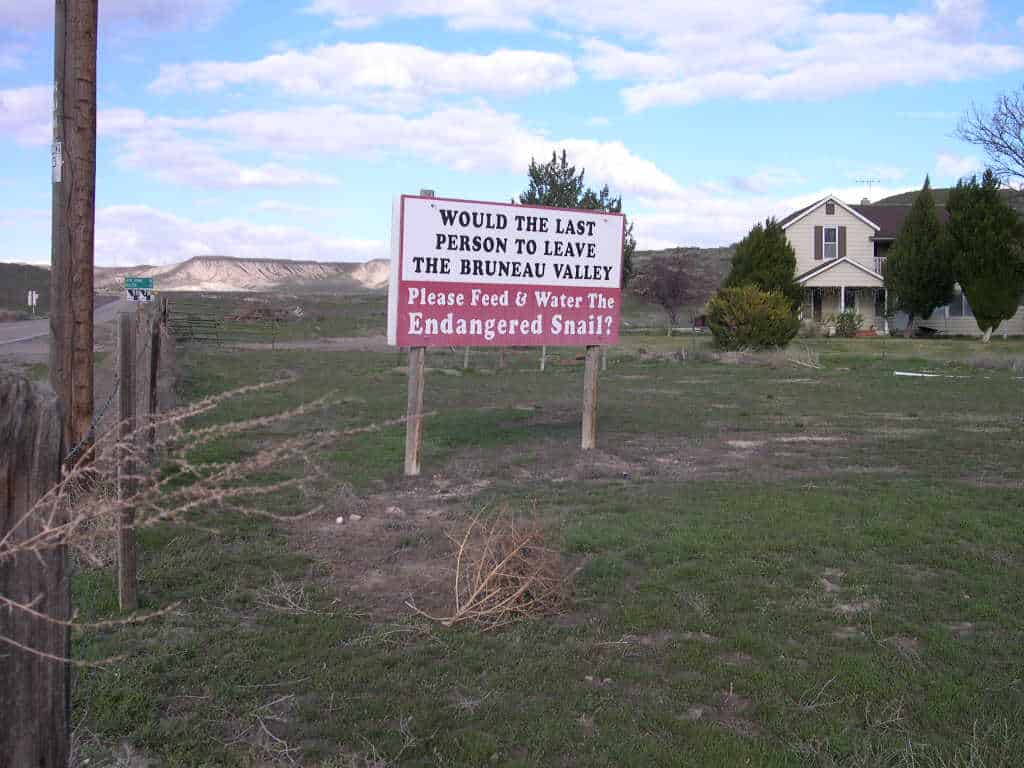
Bruneau is an unincorporated community in Owyhee County in the southwestern part of the U.S. state of Idaho.
©1,024 × 768 pixels, file size: 99 KB, MIME type: image/jpeg – License
Bruneau is the absolute hottest place in Idaho State. Nestled in the heart of Idaho, Bruneau stands as a testament to life’s tenacity in extreme conditions. Its unique geographical location and extreme heat have crafted a remarkable, resilient community.
Where is Bruneau located on a map?
If you are wondering where this hot place is located, Bruneau is only about an hour’s drive south of Boise down Interstate 84. It is just over two hours west of Craters of the Moon National Monument & Preserve, also in Idaho. Coming north from Nevada, Bruneau is about 80 miles from Duck Valley Reservation.
Location and Landscape
Bruneau lies within Owyhee County, Idaho. Its vast landscape stretches across deserts, canyons, and rivers, offering a ruggedly beautiful terrain. Nestled in the arid desert, Bruneau thrives amidst the hardships.
Local Culture and Lifestyle
The local community imbues the town with a warm and welcoming vibe. Residents possess a deep respect for the land and its climate, adapting their lifestyles to harmonize with the extreme heat. Despite its small size, Bruneau pulses with a vibrant culture deeply connected to its history and geography.
Community Events
Bruneau hosts a series of community events that reflect its spirit. Notably, the annual Bruneau Cowboy Christmas is a popular event, drawing people from all over the region. These events not only celebrate the unique lifestyle but also bolster a sense of camaraderie within the community.
Importance within Idaho
Bruneau plays an essential role within Idaho. Not just for its record-breaking heat but also as an agricultural hub. The town contributes to Idaho’s economy through farming and cattle ranching, despite the harsh weather. Bruneau’s significance extends beyond its borders, making it an integral part of the state’s identity.
History of Bruneau
Bruneau’s rich history, a tale woven through time, reveals how it evolved into Idaho’s hottest spot. Understanding this history provides valuable insights into Bruneau’s present-day status and unique character.
Early Inhabitation
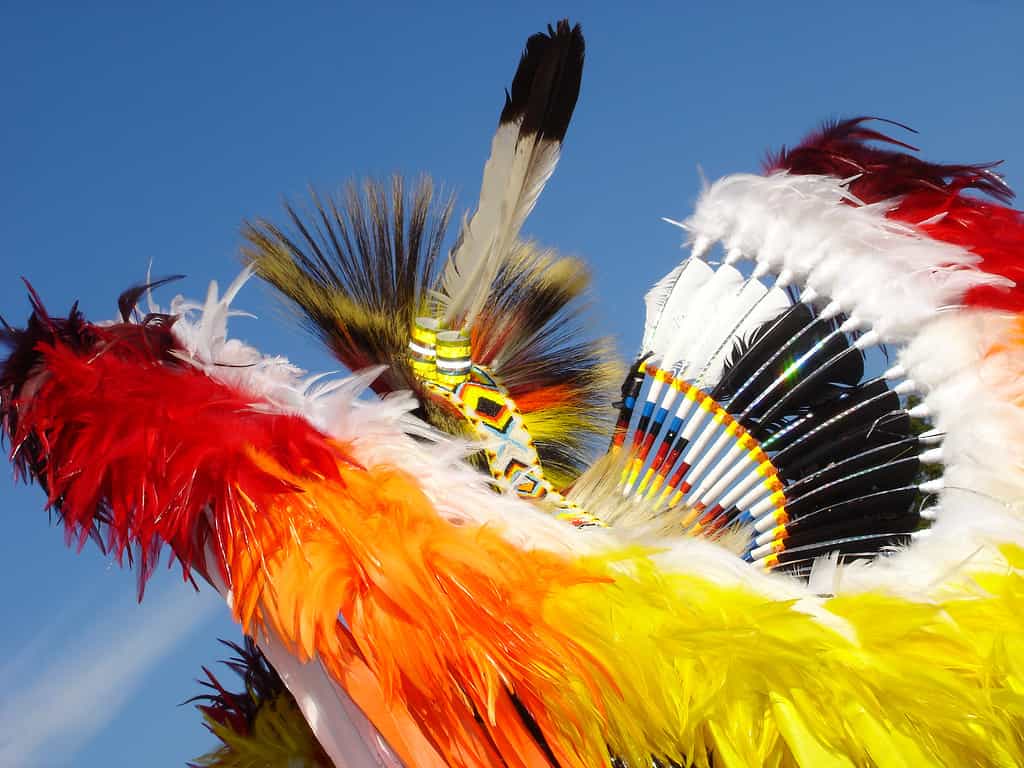
Many Native American tribes used traditional feather headdresses.
©iStock.com/Szixy
Native tribes called Bruneau home long before European settlers arrived. The Shoshone and Bannock tribes roamed the vast landscape, hunting and foraging for survival. Their legacy still resonates within the region, seen in petroglyphs etched in the rugged canyon walls.
Settler Arrival and Development
European settlers discovered Bruneau in the 19th century during the westward expansion. They recognized the region’s potential for agriculture despite the desert climate being the hottest place in Idaho. With the arrival of irrigation technologies in the 20th century, settlers transformed Bruneau into fertile farmland, birthing its modern agricultural prominence.
Historical Climate Patterns
Bruneau’s historical temperature records show its consistently high heat. Pioneer diaries and early weather records document the extreme summer temperatures that pioneers and early settlers had to endure. This long-standing pattern has earned Bruneau its reputation as Idaho’s hottest locale.
Cultural Evolution
Over time, Bruneau’s community cultivated a unique cultural identity. Local traditions evolved to cope with and celebrate the region’s harsh climate. Events like the Cowboy Christmas emerged from this cultural evolution, demonstrating the community’s resilience and shared bond.
Geographical Background of Bruneau, Idaho
Bruneau’s geographical backdrop plays a significant role in its extreme temperatures. It sits in a unique convergence of geographical elements that create its distinct climate and environment.
Location and Physical Characteristics
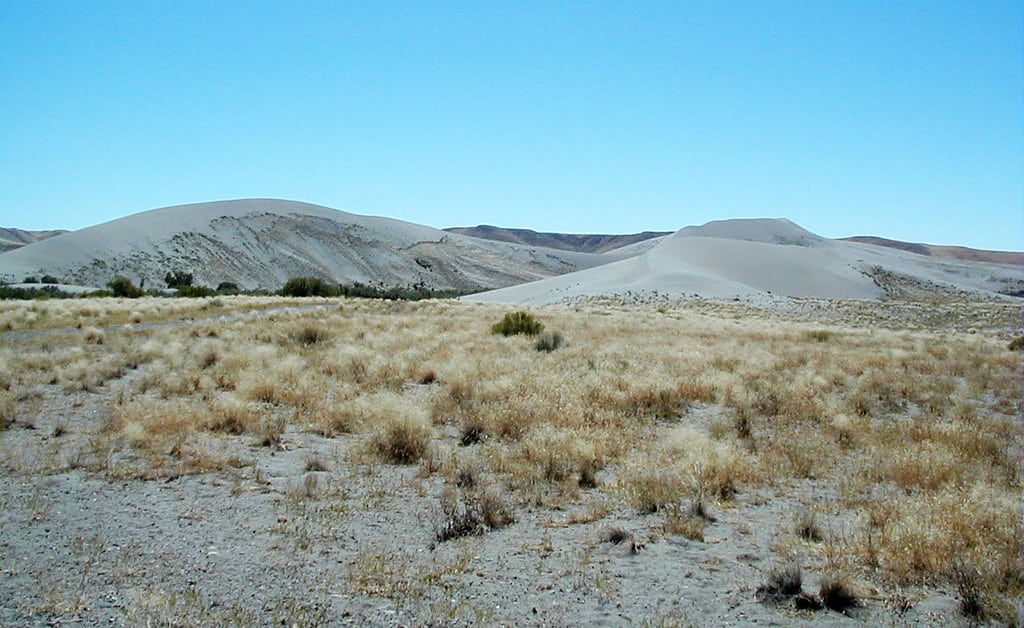
The sand dunes in Bruneau, the hottest place in Idaho.
©James St. John / CC BY 2.0 – License
Bruneau is positioned in Owyhee County in southwestern Idaho. The terrain predominantly consists of desert plains punctuated by towering canyons and the meandering Bruneau River. The desert, known as the High Desert, largely contributes to Bruneau’s high temperatures due to its lack of shade and water bodies.
Elevation and Climate
At an elevation of roughly 2,500 feet, Bruneau exhibits a semi-arid climate. Its arid desert conditions contribute to the extreme heat experienced. Summers are extremely hot, while winters can dip to cold temperatures, reflecting the high desert’s climate characteristics.
Proximity to Water Bodies
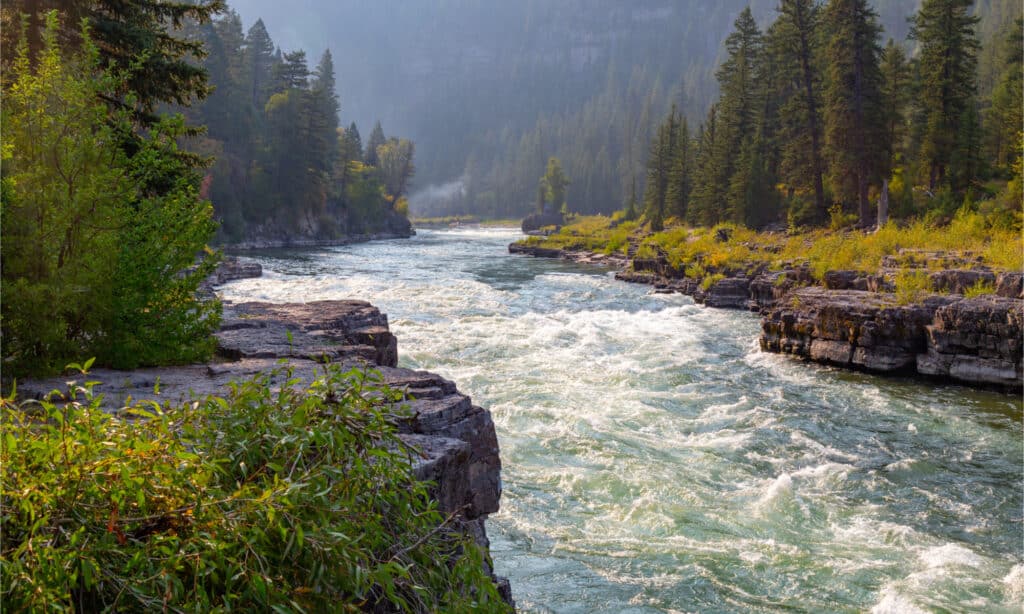
Stretching approximately 1,078 miles, the Snake River ranks among the region’s longest rivers.
©CSNafzger/Shutterstock.com
Bruneau lies close to the Snake River, but its desert location means it receives little moderating influence from this large water body. The lack of substantial nearby water bodies intensifies Bruneau’s heat due to the absence of evaporative cooling, a factor common in coastal or lakeside regions. This helps keep Bruneau as the hottest place in Idaho.
Geographical Influence on Temperature
Bruneau’s geographical characteristics actively feed its extreme heat. The arid desert conditions, combined with a high elevation and lack of cooling influences, create a potent recipe for intense temperatures. The sun’s rays relentlessly beat down on the landscape, causing it to heat up significantly during the day.
The Average Temperatures and the Hottest on Record
Bruneau’s climate is one of the defining characteristics of the town. To truly appreciate the level of heat this area can reach, it’s crucial to look at the average temperatures throughout the year and, more specifically, the record-breaking temperatures that have put Bruneau on the map as Idaho’s hottest place.
What Are Bruneau’s Average Temperatures Throughout the Year?
On average, Bruneau experiences a desert climate, with significant temperature differences between the seasons. The summers, running from June to August, are particularly hot, with average highs reaching up to 95°F.
The winter months of December through February, on the other hand, offer some respite from the heat, with average lows dipping down to 23°F. Spring (March-May) and fall (September-November) act as transition periods, with average temperatures in the mid-60s to mid-70s°F.
Bruneau’s Record-Breaking Temperatures
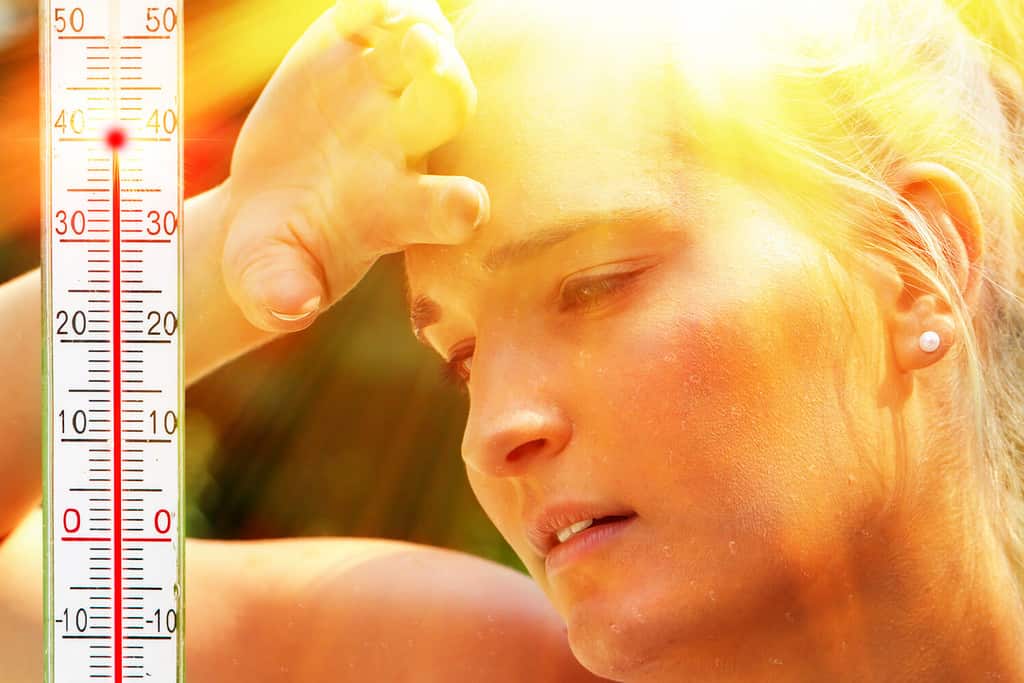
The hottest temperature on record reached 112 degrees Fahrenheit.
©Juergen Faelchle/Shutterstock.com
The hottest temperature ever recorded in Bruneau occurred on July 12, 2002, when the mercury hit a blistering 112°F, a record that still stands today. When it comes to record-breaking temperatures, Bruneau outshines many other locations in Idaho.
The Number of People Who Live in Bruneau
The resilient community of Bruneau makes this hot spot more than just an extreme climate statistic. A look at the town’s population provides insights into its dynamics and the people who have adapted to life under the sweltering sun.
How Many People Live in Bruneau?
As of the latest census, Bruneau boasts a population of just over 672 residents. This figure paints a picture of a small, tight-knit community. The demographics showcase a diverse age range but with a notable presence of individuals involved in farming and ranching occupations.
Population Trends
Bruneau’s population has remained fairly stable over the years. Despite the harsh climate, the community has proven resilient, with many families having roots in the town going back several generations. Newcomers are rare, but those who do settle tend to stay, drawn in by the unique charm and warm community spirit.
Lifestyle Adaptations
Life in Bruneau requires certain adaptations to the extreme heat. Residents structure their day around the heat, with outdoor activities and work typically scheduled for cooler morning and evening hours. Indoor activities and rest dominate the peak heat hours, a rhythm that defines daily life in Bruneau.
Animals in Bruneau: A Deeper Dive
Bruneau’s wildlife adds a vibrant thread to the rich tapestry of life that endures in Idaho’s hottest locale. A detailed examination of these creatures and their survival strategies uncovers a fascinating symbiosis between life and the harsh desert environment.
Reptiles in Bruneau

A wild Prairie
Rattlesnake
poses in the strike position.
©iStock.com/Matt Kaminski
Reptiles, including prairie rattlesnakes and Northern alligator lizards, are particularly well-adapted to Bruneau’s heat. They regulate their body temperature through behavioral adaptations. For example, during the hottest part of the day, they seek shelter in the shade or burrow into the cooler ground. At night, when temperatures drop, these cold-blooded animals become more active.
Birdlife in Bruneau

The Cooper’s hawk is from 14 to 21 inches long, with a wingspan of 27 to 36 inches.
©J. S. Fisher/Shutterstock.com
The skies over Bruneau teem with a variety of birds. Raptors like Cooper Hawks and Eagles use the hot air thermals to glide effortlessly, conserving energy. The sage grouse, a bird well-adapted to the desert environment, is also found here. They have a unique behavior of gathering in ‘leks’ for mating displays, a spectacle that attracts birdwatchers from all over.
Mammals
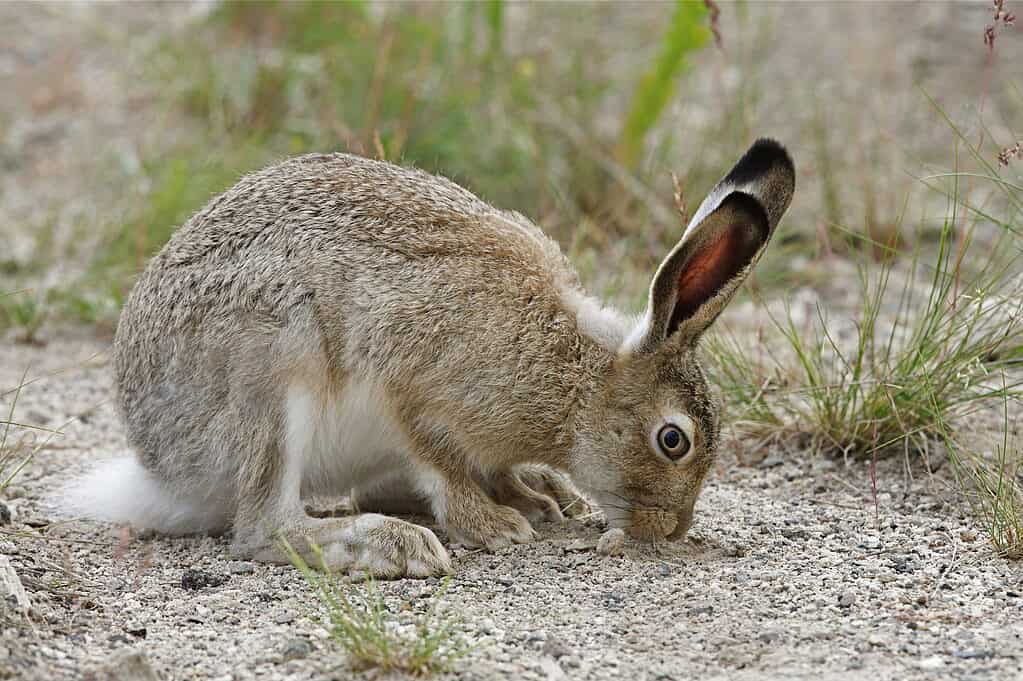
Baby White-tailed Jackrabbits can run immediately after being born
©Tom Reichner/Shutterstock.com
Mammals like coyotes and jackrabbits employ crepuscular behavior, being most active during the cooler twilight hours of dawn and dusk. Jackrabbits, with their large ears, can dissipate heat effectively, an essential adaptation for survival in the desert heat.
Factors Contributing to Bruneau’s Extreme Heat
Bruneau’s title as Idaho’s hottest spot is no random occurrence. A complex interplay of factors conspires to create this intense heat, making Bruneau a sizzling standout in Idaho’s diverse landscape.
Geographical Factors
Bruneau’s geographical location and terrain play pivotal roles in its climate. Situated in the high desert region, Bruneau’s dry, sandy terrain absorbs heat during the day and releases it slowly at night, resulting in elevated temperatures. The lack of substantial water bodies nearby further intensifies the heat as there’s little evaporative cooling.
Altitude Influence
Despite being in a desert, Bruneau’s relatively high altitude, about 2500 feet, exacerbates the heat. The thin air at higher altitudes holds less moisture and provides less insulation, enabling more of the sun’s energy to reach the ground and heat it up.
Wind Patterns
Wind patterns also contribute to Bruneau’s sweltering conditions. Hot, dry winds from the surrounding desert sweep into the town, increasing the area’s temperature. This landlocked location’s lack of cooling sea breezes further compounds the effect.
Solar Radiation
Bruneau’s clear, cloudless skies allow for maximum solar radiation, which directly heats the ground surface. This amplified solar radiation, coupled with the reflective nature of the desert, leads to an even greater increase in temperature.
Greenhouse Effect
Human activities contribute to the region’s extreme heat as well. Emissions from agricultural activities can create a localized greenhouse effect, trapping heat in the atmosphere and raising temperatures further.
Key Takeaways
As we conclude our exploration of Bruneau, Idaho, we emerge with a deeper understanding of this unique community, its people, and the natural wonders that define it. The extremity of its climate is not just a geographical trait but a defining aspect of life in this resilient town.
From its rich history to its complex ecosystem, Bruneau is a testament to survival and adaptability in the face of Idaho’s most extreme heat. Despite the challenges, both human and animal inhabitants thrive, crafting a vibrant and enduring community within this desert landscape.
The photo featured at the top of this post is © VladisChern/Shutterstock.com
Thank you for reading! Have some feedback for us? Contact the AZ Animals editorial team.






